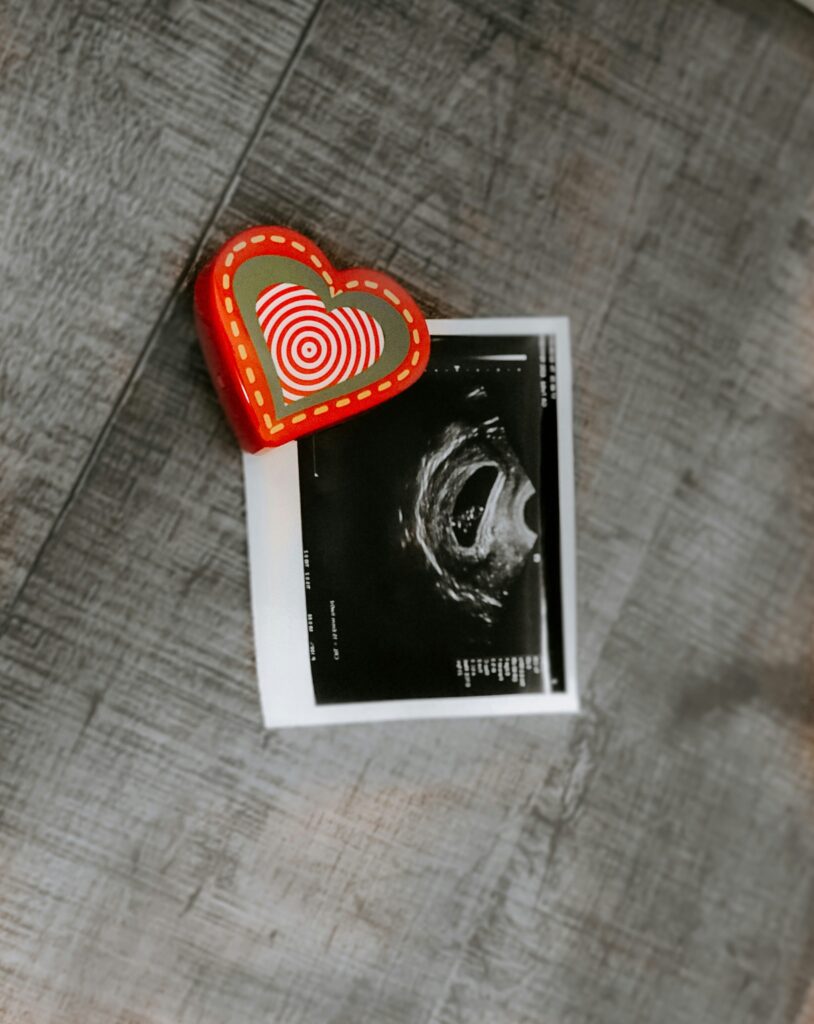What Is The Sperm Meets Egg Plan Or SMEP And How Does It Work?

The term ‘sperm meets egg plan’, commonly referred to as SMEP, is frequently mentioned within the Trying To Conceive (TTC) communities. This might sound like a basic description of the conception process, but SMEP is actually a more scientific approach to increasing the likelihood of pregnancy.
SMEP (Sperm Meets Egg Plan) is a timed intercourse strategy aiming to increase pregnancy chances by tracking ovulation and scheduling sexual activity.

What Is The Sperm Meets Egg Plan?
Typically, the chances of getting pregnant each cycle, even with perfectly timed intercourse, are around 25 percent. The SMEP is designed to significantly boost these odds by ensuring that sperm and egg have the best possible chance to meet. To effectively follow the SMEP, you’ll need to be familiar with your menstrual cycle length, which can vary from the standard 28-day cycle. Knowing your ovulation time is crucial, and for this, investing in ovulation prediction kits (OPKs) is recommended.
Additionally, it’s a good idea to dedicate a calendar solely to tracking the SMEP process for clarity and organization. This will be an exclusive tool for your journey.
How Does SMEP Work?
Let’s simplify and illustrate the SMEP using a standard 28-day cycle as an example. Day 1 marks the arrival of your menstrual period and is the time to procure your OPKs and pregnancy tests. From day 1 to day 7, you’ll experience menstrual flow, typically the least fertile phase. By day 8, you should start having intercourse every other day, which aligns with the approach towards ovulation. This pattern continues, skipping alternate days, until a positive LH surge is detected by the OPK. It’s important to keep up this routine on days 8, 10, 12, 14, and 16, as ovulation is expected around this time.
From day 15 onward, ovulation likely has occurred. Mark your calendar to take a pregnancy test 15 days post-ovulation, unless your period arrives earlier. Intercourse can continue even during the luteal phase, the latter half of your cycle, to maintain a balance of enjoyment and purpose in your sexual activity.
The reasoning behind the every-other-day intercourse schedule is to prevent the depletion of sperm, which can happen with daily activity. Healthy sperm can survive in the reproductive tract for up to five days, possibly longer. This scheduling ensures a steady supply of sperm waiting for the egg, which remains viable for only 12 to 24 hours after release.
SMEP Timeline
Day 1: Menstrual period starts (Aunt Flo arrives). This is the time to get your Ovulation Prediction Kits (OPKs) and pregnancy tests.
Day 1 to Day 7: Menstrual flow period. This is generally the least fertile time in your cycle.
Day 8: Start having intercourse. This is the beginning of the fertile window. Continue having intercourse every other day.
Day 10: Begin using the OPK to detect the LH surge. Continue with the every-other-day intercourse schedule.
Day 12 and Day 14: Continue the pattern of intercourse every other day.
Day 16: By now, the LH surge would likely have occurred, indicating ovulation. Continue the schedule of intercourse.
Post Day 15: Ovulation is likely to have occurred. Mark your calendar to take a pregnancy test 15 days after ovulation, or wait to see if your period arrives.
In summary, while SMEP is straightforward and effective, it requires careful adherence to its guidelines. Wishing you the best on your journey and sending a sprinkle of baby dust your way!






Responses